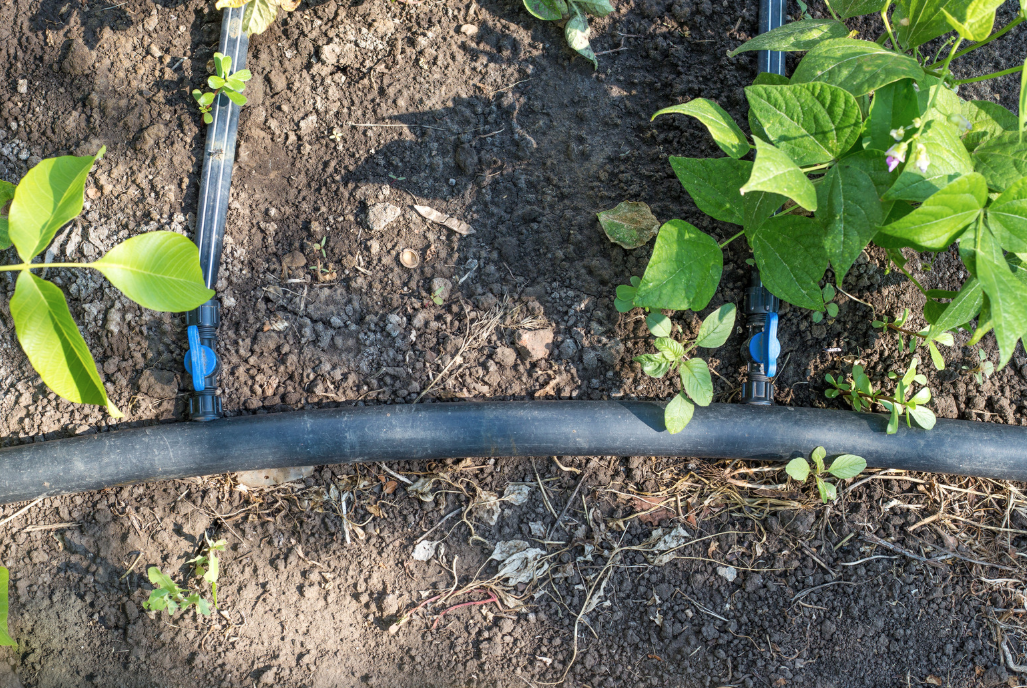We’re all feeling the summer heat in Northern Arizona. That means it’s time for an irrigation checkup.
Without regular checks, your irrigation system could be malfunctioning, deteriorating, or overwatering your plants. Overwatering can lead to lawn and landscaping damage, mold and mildew growth, and pest issues. That’s not our idea of summer fun.
How to Check Your Home IRRigration System
Here’s what we recommend checking to make sure your irrigation system is performing at its best.
- Leaks/Breakage: Run your irrigation system and walk around your yard to check for leaks and breakage. If no leaks are visible and the water sprays appear normal, look closely for puddling, dry spots, or any signs of uneven watering.
- Controller/Timer: Verify that your controller/timer settings match what plants and trees need for summer conditions. If your system has a smart controller or rain sensor, make sure it’s adjusting accurately to weather fluctuations. Check and replace your controller batteries annually, if applicable to your make and model.
- Filters: Clean irrigation system filters and backflow preventers to remove clogs and keep water flowing. You can clean these components using a small, soft cleaning brush or a toothbrush.
- Water Pressure: You may be able to tell if the water pressure is off just from watching your system run. If you see signs of overwatering (yellowing/browning leaves, wilting plants or grasses, soft/mushy stems, moldy soil) or under-watering (leaf curling, wilting, or dryness), it’s time to make adjustments.
Checking Drip Irrigation and Sprinkler Systems
Drip irrigation systems need summer checks, too. Sun damage, wear and tear, foot traffic, and animal activity can deteriorate them over time. Inspect drip lines and emitters for leaks, clogs, and cracks. Move emitters if they’re too close to plant crowns. To prevent sun damage to your drip irrigation system, bury poly tubing 6 to 8 inches deep.
When checking sprinkler heads, adjust them as needed to prevent them from “watering” buildings and sidewalks. Check your coverage zones to ensure that your lawn is adequately covered without overwatering. And don’t forget to check for clogs and clean them as needed.
Check Often, Water Wisely
On smaller properties or newer systems, we suggest checking at least twice a year. Larger properties or older systems may need quarterly checks. Automated irrigation systems are great, but nothing in Arizona landscaping is “set it and forget it”. Especially during summer, with the high heat and sudden rains of the monsoon season, checking your home irrigation system more frequently keeps it water-wise and high-performing.
Remember: watering between sunset and sunrise reduces evaporation. Deep, infrequent watering is ideal for Arizona lawns and gardens. It promotes healthy root growth and makes plants more resilient to heat and drought.
Complex System? We Can Help
Zebrascapes knows home irrigation. Our professional irrigation specialists can help install, fix, and maintain complex irrigation systems so you can focus on enjoying the natural beauty of your yard. Whether you’re noticing home irrigation problems or just want to get some maintenance tasks off your plate, we’re here to help. Contact us today to talk through all things irrigation.

